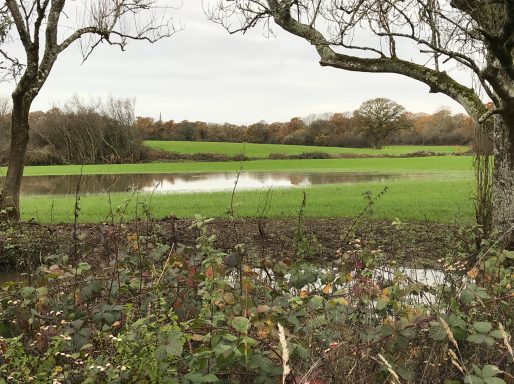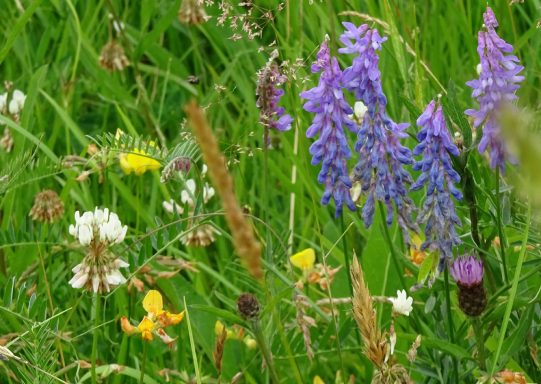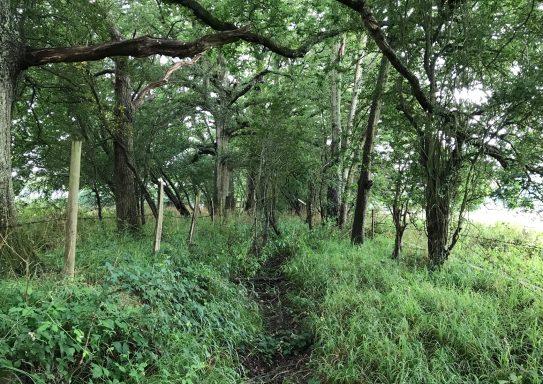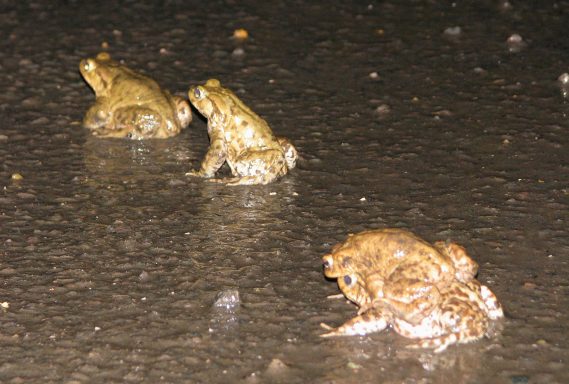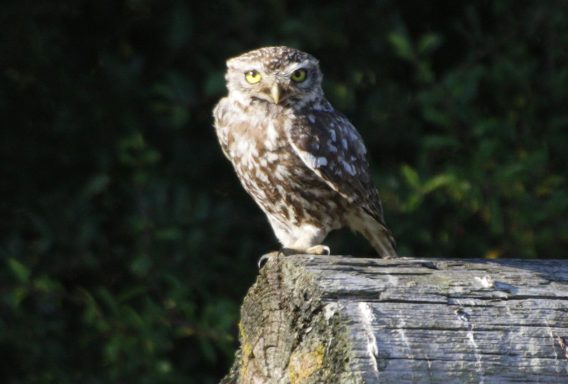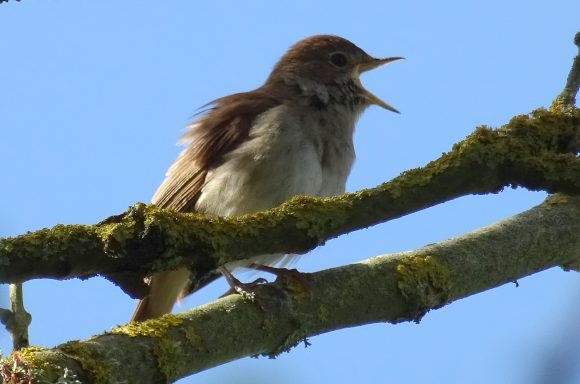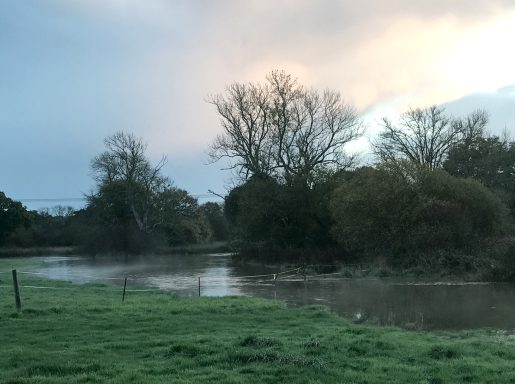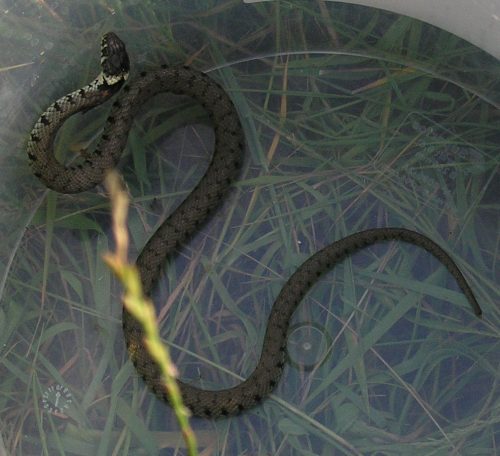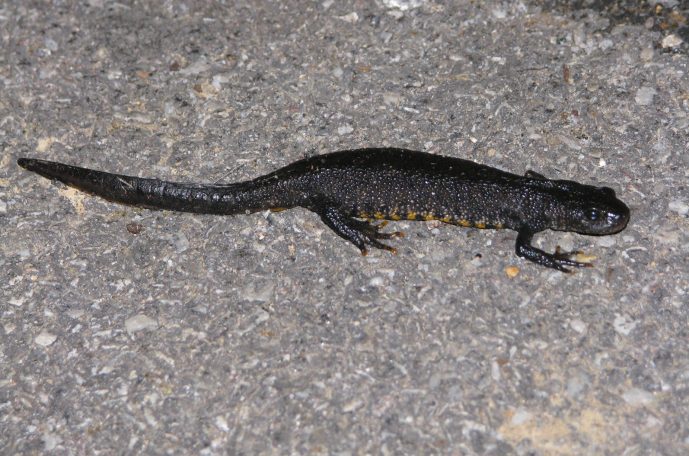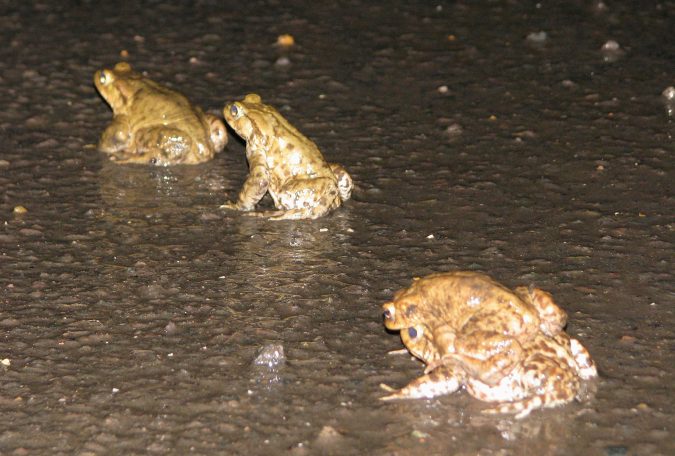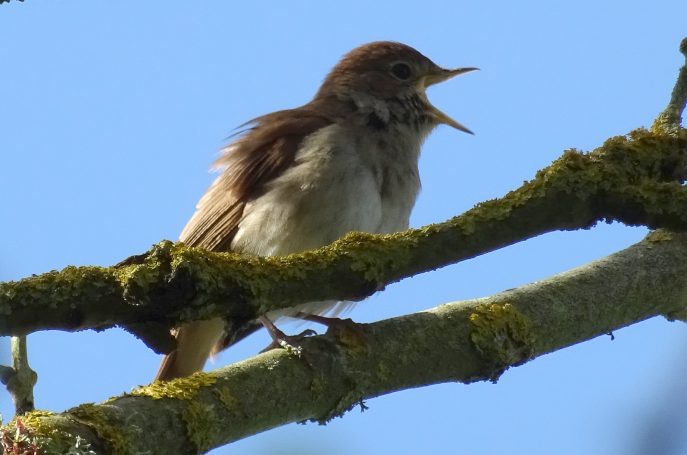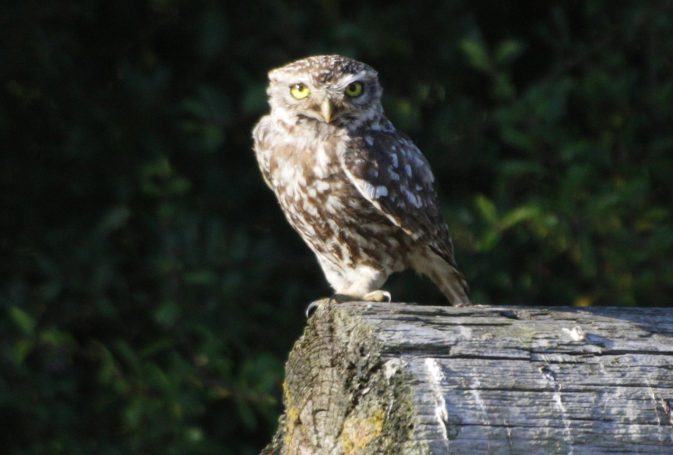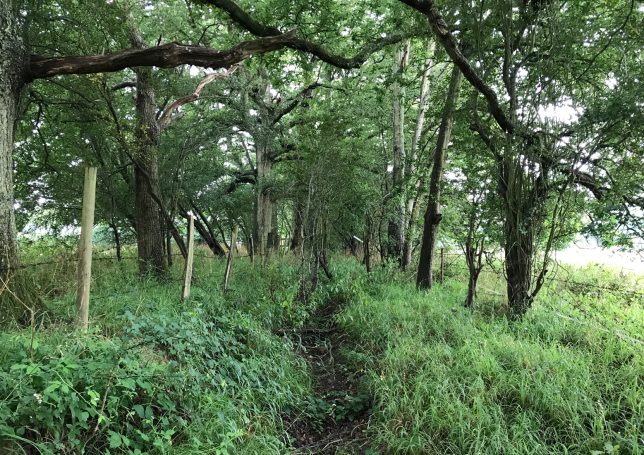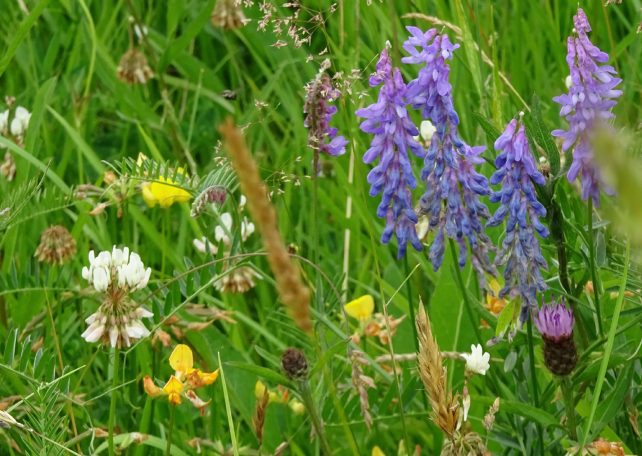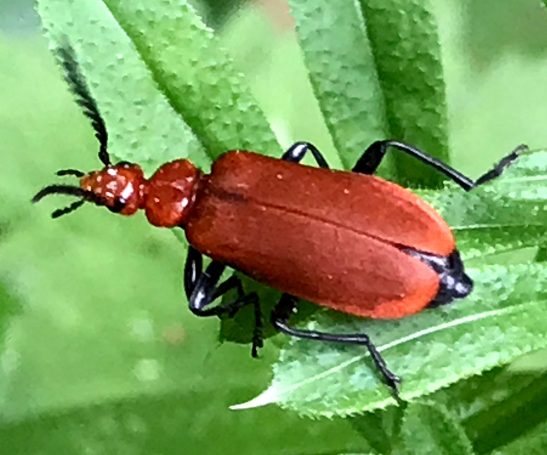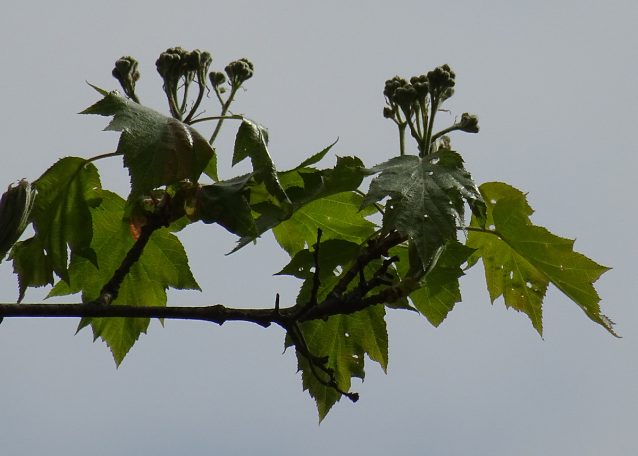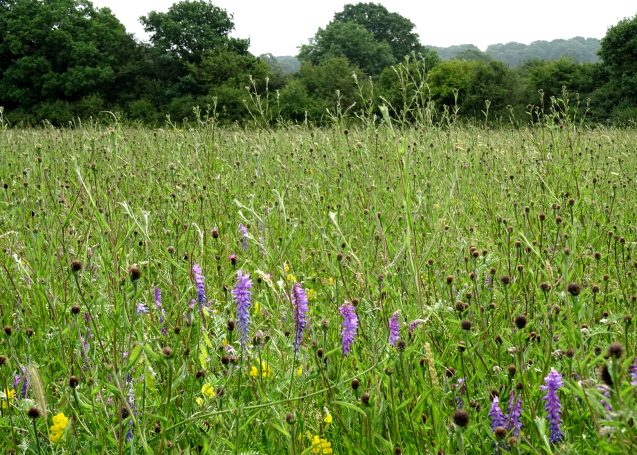Contact Us: via email and to register for updates cowfoldvrampion@gmail.com
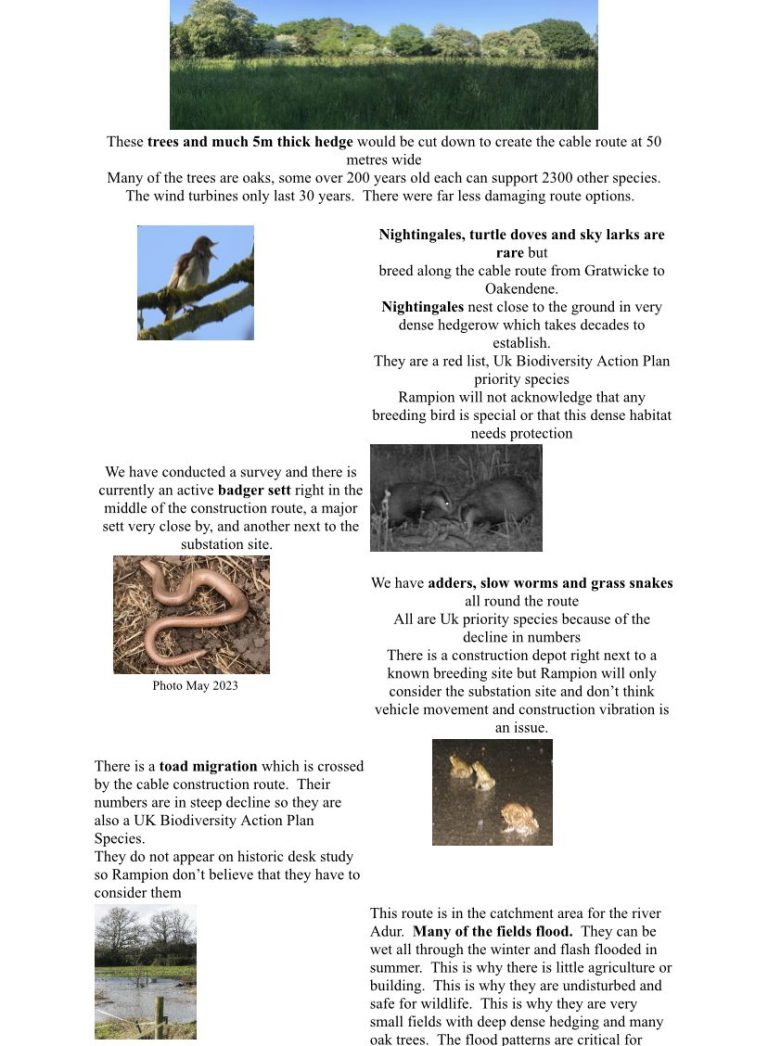
If you care about the environment, endangered species or just walking in the quiet countryside in Sussex, and particularly around this area around Cowfold/ Shermanbury make your views known.
Sussex Wildlife Trust have noted nightingale nesting sites and Natural England report great crested newts in one corner.
The Wildlife Trust have written to Rampion to express their disappointment at their findings and advice being ignored after being invited to provide input. You can read their findings here.
The Campaign for the Protection of Rural England have also raised concerns. Their letter to Rampion is here. They believe the consultation process has been flawed in that the local community’s residents were not advised of the consultation in a timely manner and that environmental information required to inform the consultation process has been either withheld or not collected.
Do you have pictures or information on the wildlife around the Oakendene Lake? We would like to hear anything you can add to the biodiversity picture. Please contact Janine here.
See here and here for more detailed news articles on this by a Cowfold resident.
For more details and information scroll down this page
The choice of Cowfold for the new substation would brings the 50 metre wide construction route across the river Adur and all through the undisturbed patchwork of hedges and flood meadows around the Cowfold Stream (the named tributary that flows into the river Adur). This would cause the destruction of the many small meadows that have not been ploughed for decades, many areas of native hedgerow (some over 3 metres wide) and many mature oak trees that are commonly amongst the hedge boundaries.
This location is home to nightingales (red list 91% decline in 40 years), cuckoos (65% decline since 1980’s), sky larks, great crested newts (protected in law), turtle doves (77% decline since 1970’s), purple hairstreak butterflies, adders and grass snakes, toad migrations, wild service trees, wild flower meadows and more. Rampion say that it could be 2 years or more before the land is reinstated in any form.
West Sussex County Times has reported on a River Adur Landscape Recovery project which has just received funding from Defra, and is spearheaded by Knepp Estate’s Wildland Foundation, with the supported of the Wilder Horsham District policy. This aims to improve the flood areas of the river, join up wildlife corridors and increase biodiversity along and around the tributaries. Rampion have not answered how this massive construction project would mitigate against the loss of carbon, wildlife habitat, wildlife corridors and biodiversity in this arm of the River Adur in any form.
The carbon storage lost through so much destruction of hedgerow and mature oaks cannot be offset by new planting. There are field boundaries in this route that are made up of double rows of oak trees with animal paths between. To cross these could cause the loss of 25 trees in one boundary alone.
Restoration after Rampion 1 cable construction was poor. The Sussex Wildlife Trust’s Response to the first Rampion 2 consultation was ‘It is apparent in the aerial photography that there are still clear gaps in the hedgerows along the Rampion 1 cable route’ and that reinstatement had clearly failed in a number of places. Lost mature oak trees cannot be reinstated in our lifetime, and most trees in the cable path would not be considered significant enough to merit the extra cost of laying cables deep under their roots to save them. Rampion 1 took years before starting field and hedge restoration, and some boundaries at Wineham are still tiny plants in plastic tubes after all this time.
The diversity of wild flowers and therefore insects, birds and mammals that rely on the meadows for food cannot just be put back. Many of these fields have not been ploughed for decades. When the continuity is lost the birds like nightingales, cuckoos, turtle doves fail to breed and so do not return and decline further. Adders and grass snakes would be disturbed by the vibration of construction then find the habitat remains as soil heaps and trench for years so would likely not return. Toads that migrate on a very specific location, directly on the cable route would be crushed in the process.
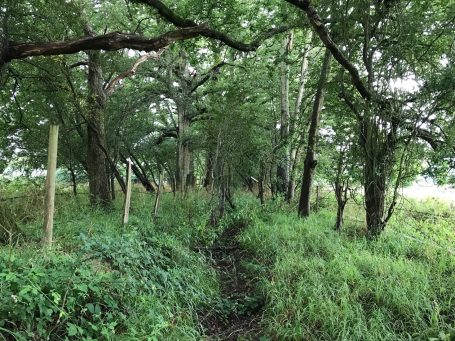


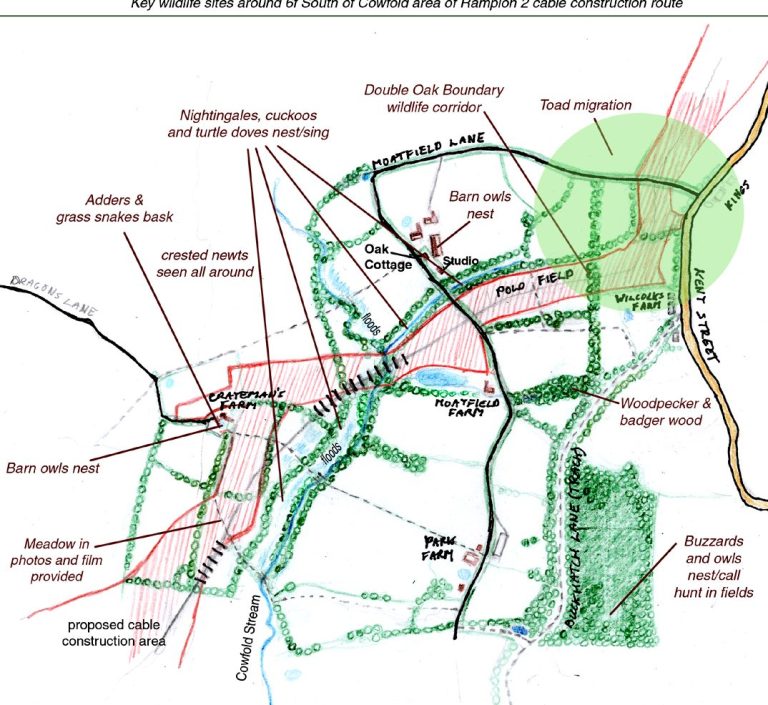
Biodiversity Map of proposed Substation area

Nightingale sites

Nightingales, turtle doves and cuckoos feed, call and nest all across the cable route around the Cowfold Stream and all the way towards Oakendene from April to July (see map showing recording sites). The nightingales and turtle doves nest in thick thorny scrub which is often many metres wide and at 2/3 metres high.
The construction threatens a further decline to this already ‘red list’ species. Nightingales are not even mentioned in the published Preliminary or Supplementary Environmental reports for Rampion 2.
Cowfold Stream
The cable route would go through small fields that regularly flood dramatically and stay under water for days, as well as the seasonal flooding of more immediate flood meadow to the Cowfold Stream. These are used by herons and grey lag geese and many wild meadow plants and reeds grow across the wetter areas. A perch fish was found in a field where the Cowfold Stream has flooded and then retreated. The cable channel at over a metre deep would adversely affect where water routinely pools and vastly alter how wildlife can use it.
Reptiles and Amphibians
This is a hotspot for crested newts which have been found in Oak Cottage pond and would have come across the flood area between there and the field where the cables are proposed to come through. These are endangered and protected by law.
Adders nest in Crateman’s farm grounds, these are also a protected species. Grass snakes also commonly bask at the sides of Crateman’s farm fields as well as the field across the bridlepath nearby. There are also slow worms and these creatures are sensitive to vibration they are unlikely to remain.
In March each year there is a toad migration along the narrow private lane of Kings Lane/Moatfield Lane towards the property Kings on Kent Street. This is to be crossed twice by the 50m wide construction route. An increased number of vehicles on Kent Street will also be devastating to this population during March. These are endangered and protected by law.
Birds
In addition to nightingales, turtle doves and cuckoos mention above this area is home to many other species. Greater spotted Woodpeckers come across from the Badger wood on the other side of the cable route. They feed on crane fly larvae a food source likely to be disturbed by prolonged construction.
Little owls hunt on the polo field that is within the cable route behind Oak Cottage. Little owls are also often seen on Kent Street where they hunt very low to the ground and have become a hazzard to traffic in past years. These will be under threat with construction, a change in traffic and noise disturbance.
Barn owls are prominent hunters across Crateman’s farm fields and are seen many times in the trees that hang over Moatfield/Kings lane and Kent Street. They have been known to nest in Lower Barn Farm sand school next to the cable site, the shelter adjacent to the cable route in the field on the other side, and the barns at Crateman’s Farm. The cable route would be in many areas of their hunting ground.
Tawny owls, Buzzards and Red kites are also a common site in the fields where the cable is proposed to go and so there must be a good rodent population to supply this amount of hunting. The loss of so much hedgerow and undisturbed field here will impact this.
Mammals
There are Badger setts in the strips of woodland just next to the cable route on Moatfield Lane. The picture below shows an established badger path. As their setts are in the woods opposite Moatfield Farm and this is across the cable site from here, it will disrupt the established pathways that they use. There are weasels and stoats all around this area.
Insects
Purple hairstreak butterflies are in the oaks here each summer. Some will lose their oak trees when the boundary trees are cut down to make way for the cables.
Glow worms shine out their green light to attract a mates all along Moatfield Lane between June and the end of August. There can be as many as 14 in one grass verge area. They are always along by Moatfield Farm and right in the middle of the proposed cable route.
Insects are attracted by the meadow flowers and the Cowfold stream. These include, beautiful damoiselles, banded demoiselle, emperor moths, elephant hawk moths, gatekeeper butterflies, marbled white butterflies, white admiral butterflies, speckled wood butterflies, crickets and grasshoppers in abundance, stag beetles and cardinal beetles. All these go on to feed many bats and birds.
Trees
Oaks are in many of the thick hedge boundaries that would be cut through by the cable construction process. On the cable route, the boundary of Wilcox Farm and the Taintfield polo field is entirely made up of a double row of oak trees with an animal path between, coming from the nearby woods. If these are not drilled underneath for cable laying they will be lost and cannot be replaced in our lifetime, even with the stated intentions of putting habitat back or better. This is not marked as a trenchless crossing on Rampion's maps. The construction vehicles have to get through and as Kings/Moatfield Lane is narrow and unadopted it cannot take this commercial construction lorries so there seems to be no other way for them to get round. Mature oaks are ecosystems of ivy, insects, fungi, caterpillars, birdlife as well as being impressive carbon stores.
Wild service trees are all round this small area including on Dragons Lane near Crateman’s farm and on the bridlepath that goes up from Wilcox Farm where the cable is planned to go. This is an indicator of ancient woodland and ancient hedgerow boundaries along with wood anemones which grow in abundance in nearby woods. Strips of woods like this are all around this location and digging for the cables would threaten the many established wildlife routes that the animals use to get between them.

This poster is available to download here
We need your consent to load the translations
We use a third-party service to translate the website content that may collect data about your activity. Please review the details in the privacy policy and accept the service to view the translations.
